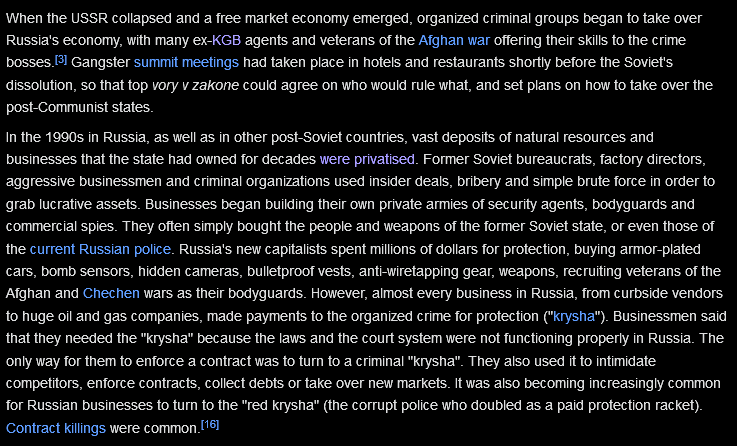Labor participation rate dropped from 46% to 40% in five years
Only 9% of Indian women are employed or looking for jobs
ARTICLE cw: capitalist ideology
India’s job creation problem is morphing into a greater threat: a growing number of people are no longer even looking for work.
Frustrated at not being able to find the right kind of job, millions of Indians, particularly women, are exiting the labor force entirely, according to new data from the Centre for Monitoring Indian Economy Pvt, a private research firm in Mumbai.
With India betting on young workers to drive growth in one of the world’s fastest-expanding economies, the latest numbers are an ominous harbinger. Between 2017 and 2022, the overall labor participation rate dropped from 46% to 40%. Among women, the data is even starker. About 21 million disappeared from the workforce, leaving only 9% of the eligible population employed or looking for positions.
Now, more than half of the 900 million Indians of legal working age -- roughly the population of the U.S. and Russia combined -- don’t want a job, according to the CMIE.
“The large share of discouraged workers suggests that India is unlikely to reap the dividend that its young population has to offer,” said Kunal Kundu, an economist with Societe Generale GSC Pvt in Bengaluru. “India will likely remain in a middle-income trap, with the K-shaped growth path further fueling inequality.”
India’s challenges around job creation are well-documented. With about two-thirds of the population between the ages of 15 and 64, competition for anything beyond menial labor is fierce. Stable positions in the government routinely draw millions of applications and entrance to top engineering schools is practically a crapshoot.
Though Prime Minister Narendra Modi has prioritized jobs, pressing India to strive for “amrit kaal,” or a golden era of growth, his administration has made limited progress in solving impossible demographic math. To keep pace with a youth bulge, India needs to create at least 90 million new non-farm jobs by 2030, according to a 2020 report by McKinsey Global Institute. That would require an annual GDP growth of 8% to 8.5%.
“I’m dependent on others for every penny,” said Shivani Thakur, 25, who recently left a hotel job because the hours were so irregular.
Failing to put young people to work could push India off the road to developed-country status.
Though the nation has made great strides in liberalizing its economy, drawing in the likes of Apple Inc. and Amazon.com Inc, India’s dependency ratio will start rising soon. Economists worry that the country may miss the window to reap a demographic dividend. In other words, Indians may become older, but not richer.
A decline in labor predates the pandemic. In 2016, after the government banned most currency notes in an attempt to stamp out black money, the economy sputtered. The roll-out of a nationwide sales tax around the same time posed another challenge. India has struggled to adapt to the transition from an informal to formal economy.
Explanations for the drop in workforce participation vary. Unemployed Indians are often students or homemakers. Many of them survive on rental income, the pensions of elderly household members or government transfers. In a world of rapid technological change, others are simply falling behind in having marketable skill-sets.
For women, the reasons sometimes relate to safety or time-consuming responsibilities at home. Though they represent 49% of India’s population, women contribute only 18% of its economic output, about half the global average.
“Women do not join the labor force in as many numbers because jobs are often not kind to them,” said Mahesh Vyas of CMIE. “For example, men are willing to change trains to reach their job. Women are less likely to be willing to do that. This is happening on a very large scale.”
The government has tried to address the problem, including announcing plans to raise the minimum marriage age for women to 21 years. That could improve workforce participation by freeing women to pursue higher education and a career, according to a recent report from the State Bank of India.
Changing cultural expectations is perhaps the harder part.
After graduating from college, Thakur started working as a mehndi artist, earning a monthly salary of about 20,000 rupees ($260) applying henna on the hands of guests at a five-star hotel in the city of Agra.
But because of late working hours, her parents asked her to quit this year. They are now planning to marry her off. A life of financial independence, she said, is slipping away.
“The future is being ruined in front of my eyes,” Thakur said. “I have tried everything to convince my parents, but nothing is working.”
India’s job creation problem is morphing into a greater threat: a growing number of people are no longer even looking for work.
Frustrated at not being able to find the right kind of job, millions of Indians, particularly women, are exiting the labor force entirely, according to new data from the Centre for Monitoring Indian Economy Pvt, a private research firm in Mumbai.
Neo-liberalism is working very well you see, so much so that everyone's trying as hard as they can to get a job in whatever is left of the public sector.








The men who stopped it: